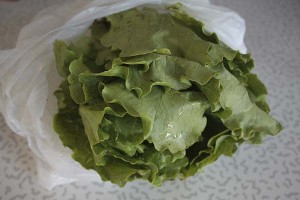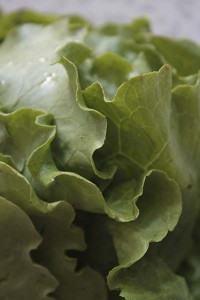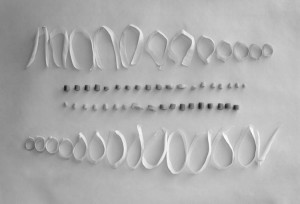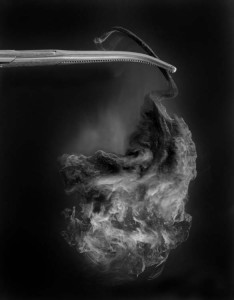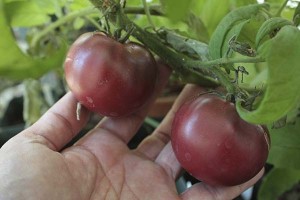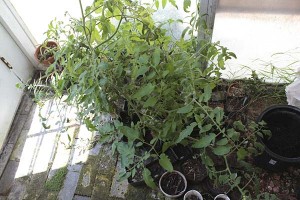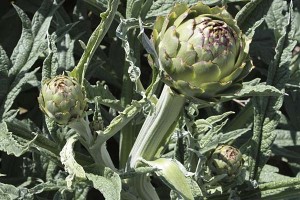I’m one of several artists in town who’ve been nominated for the San Diego Art Prize, an annual opportunity for long-established local artists to partner with newer emerging talent and hold a joint exhibition that will rocket everyone to fame and fortune–or at least that’s the idea behind it.
Even though I’ve been around town for a few years, I’ll be showing as “emerging talent” along with a dozen others who’ve been nominated by various artists and art professionals around town. The show is the speed dating exhibition, where the established artist can get to know the nominated artists and select their choice of the person they’d like to exhibit with. It’s also a chance for folks in town to take a look at our work.
I’ll be showing part of a photography-based installation that looks at the names people have given to features in the landscape, particularly to features that bear a resemblance to humans. Some of the names are fanciful and fun, others march pretty quickly into territory that’s pretty rude or offensive. Landscape photography that takes on issues of racism? Well, why not? (My recent blog post on culturally offensive plant names comes from the same place in my brain and deals with some of the same issues.)

Here’s a recent image that’ll be in the show, one of the more fun ones, a formation up the coast at Dana Point.

And then there’s this one from Arizona’s Chiricahua Mountains, one of the potentially more offensive ones. Although the name probably dates from the 1930s, when people thought a name like this was okay to use, the name still appears on signage to this day.
I did a post on this body of work a couple year ago [ here ] but this is the first time it will be exhibited.
The scoop:
New Contemporaries III runs Sat., April 24 – Sat., May 22, 2010
at Project X: Art, 320 S. Cedros Ave. Ste. 500 , Solana Beach, 92075
Exhibition hours: Tue – Friday 10 – 5, Saturday 11 – 4 pm
Opening Reception: Sat. April 24, 6 – 10 pm
Panel Discussion: Saturday, May 15 at 6 to 8 pm
Drop on by to the opening and introduce yourself if an Icelandic volcano isn’t getting in the way of your air travel!



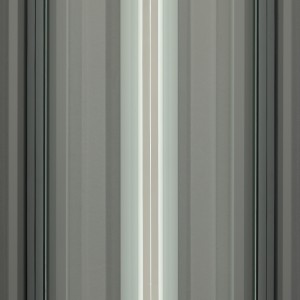



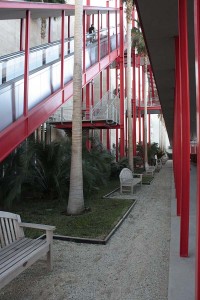

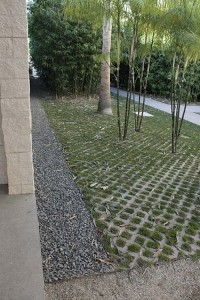

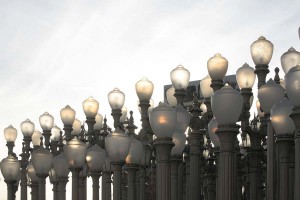
 I love this birdhouse!
I love this birdhouse!



